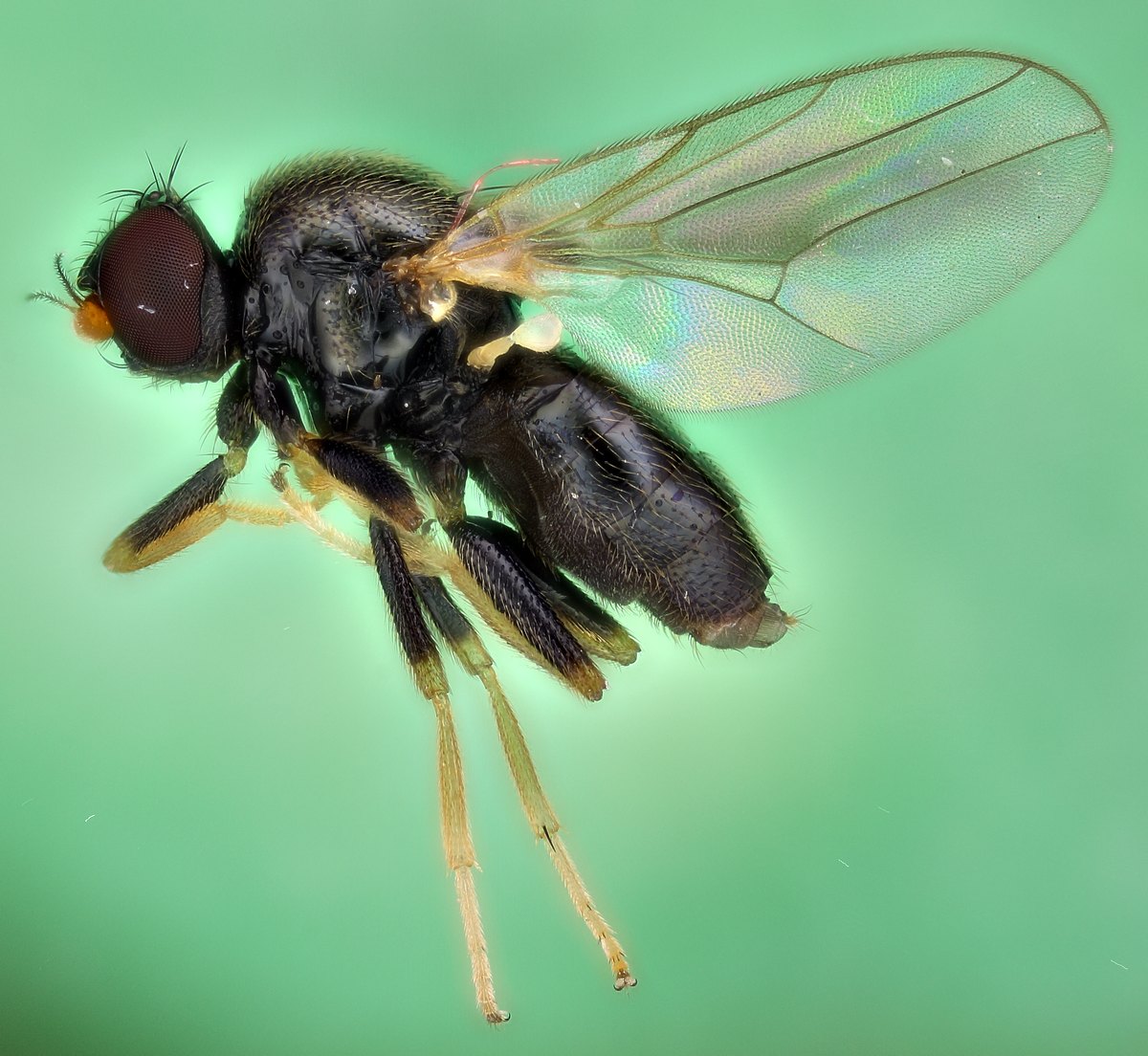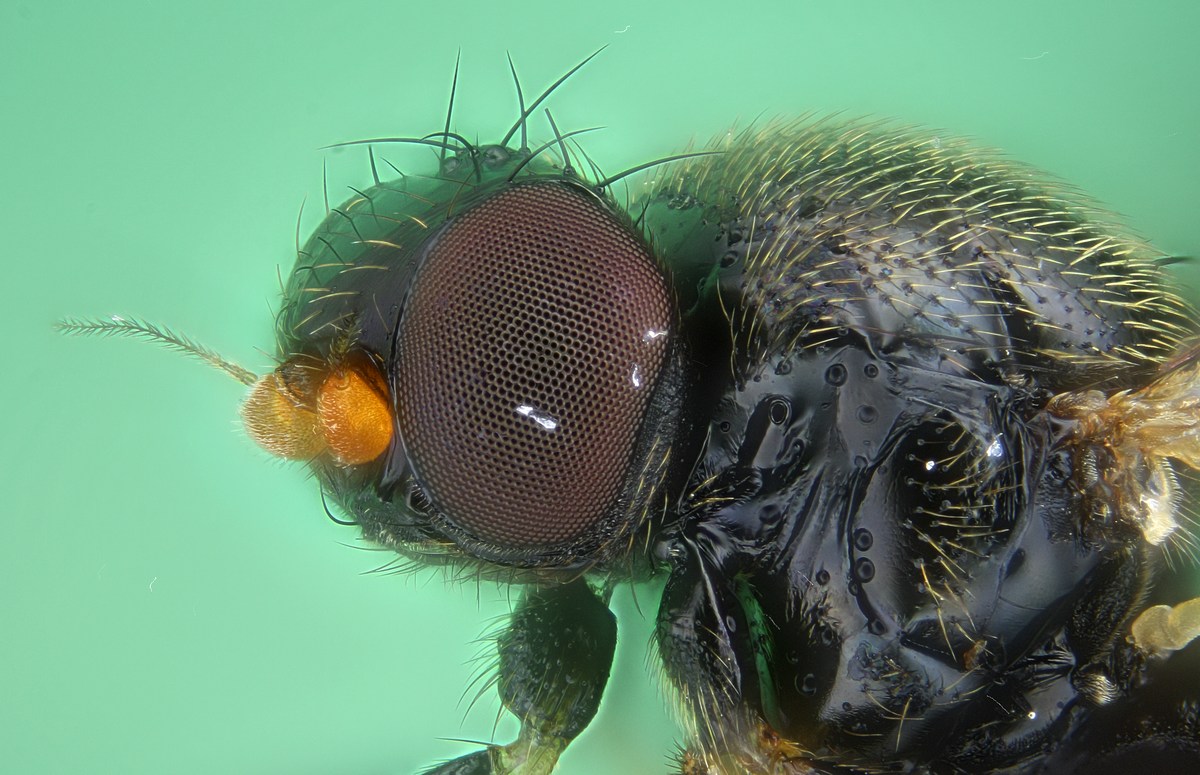Diptera.info :: Identification queries :: Diptera (adults)
Who is here? 1 guest(s)
|
Chloropidae, Rhodesiellinae: Rhodesiella plumiger (Meigen, 1830), female
|
|
| skrylten |
Posted on 26-08-2022 20:21
|
|
Member Location: Sweden Posts: 1464 Joined: 03.10.11 |
2022-08-26. Degeberga, Skåne Sweden, 2,5 mm in garden on solidago
skrylten attached the following image:  [194.55Kb] Edited by skrylten on 05-09-2022 19:17 |
|
|
|
| skrylten |
Posted on 26-08-2022 20:22
|
|
Member Location: Sweden Posts: 1464 Joined: 03.10.11 |
head
skrylten attached the following image:  [194.72Kb] |
|
|
|
| Jan Maca |
Posted on 27-08-2022 09:15
|
|
Member Location: Posts: 1205 Joined: 25.03.10 |
Chloropidae, probably Oscinellinae. |
|
|
|
| skrylten |
Posted on 27-08-2022 09:59
|
|
Member Location: Sweden Posts: 1464 Joined: 03.10.11 |
Thank you for the help Jan ! /Leif K |
|
|
|
| von Tschirnhaus |
Posted on 02-09-2022 17:35
|
|
Member Location: Bielefeld, Germany Posts: 449 Joined: 04.11.07 |
Chloropidae, Rhodesiellinae: Rhodesiella plumiger (Meigen, 1830), female [misspelling: plumigera]. All four European species of the genus Rhodesiella Adams, 1905 are rarely collected: R. plumiger, R. fedtshenkoi Nartshuk, 1978, R. rotundata Nartshuk, 1991 and an undescribed species close to and partly mixed up with fedtshenkoi. The genus can easily be identified on the photographs: body black, bare eyes large and oval, with long axis vertical, gena (= jowl) much narrower than depth of 3rd antennal segment, orbital setae long and proclinate, outer vertical bristle (vti) longer than inner (vti), distinct vibrissa, ocellar triangle extending to tip of frons, ocellar bristles procurved and divergent, postocellar bristles upright and convergent, anepisternum (= mesopleuron) densely covered with hairs, arista haired. Different from the multitude of Oriental , Afrotropical, Australasian and the five species in Xizang (Tibet), Palaearctic China this species has a short scutellum [for which Cherian (2002) erected the synonymized genus Neorhodesiella]. The dark femora distinguish it from R. fedtshenkoi. In the two keys for European Rhodesiella (Duda in Lindner 1932-1933; Nartshuk & Andersson 2013 [as Aspistyla]) the colour of the 3rd antennal segment is not mentioned. But specimens of R. plumiger collected by me in Germany and the Mediterranean exactly agree with the two photos.
Edited by von Tschirnhaus on 02-09-2022 20:34 |
| Jump to Forum: |
















